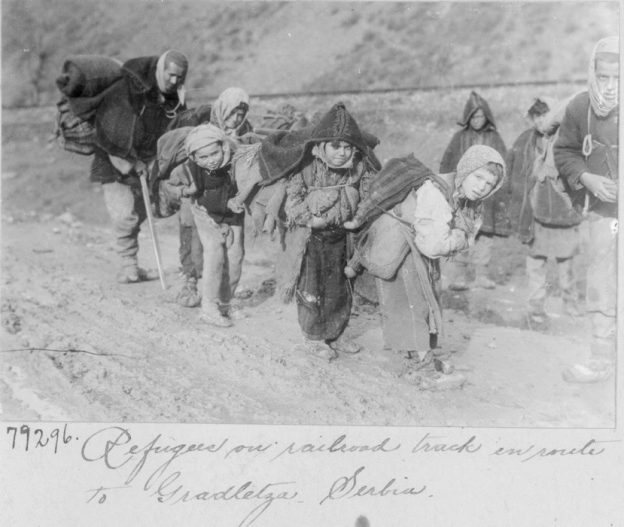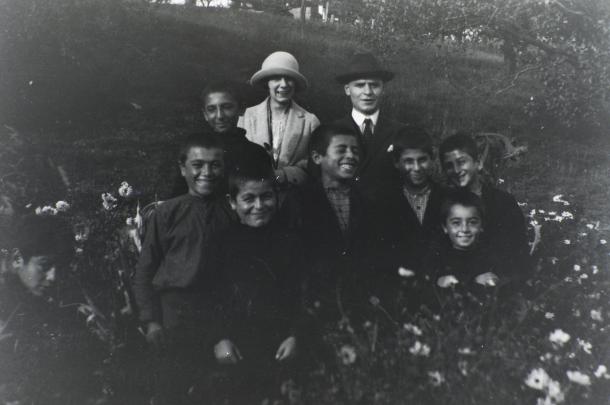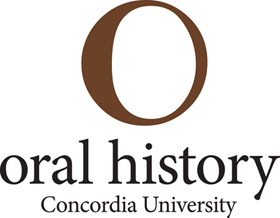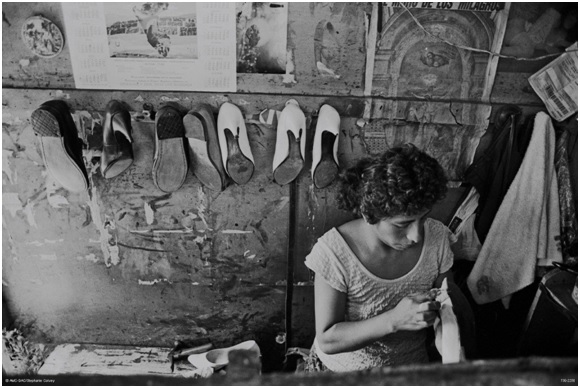Top 5 Resources on Humanitarianism, Development, and Photography
~ as recommended by Sonya de Laat, September 2023 ~
Chances are quite high that if you are working with the archives of an aid organization or a humanitarian worker from the past 150 years, you’ll encounter photographs. This is very exciting but can also be daunting depending on how many there are, your experience with working with images and the content of the pictures. On the one hand, photographs are evidentiary: they can show—to an extent—what the past was like. Pictures show what people wore, what they drove, what an individual looked like. They also (at least before the advent of CCTV) prove that someone was there; there was an event and it was witnessed. On the other hand, photographs are social and political artifacts. Learning about what they represent—at the time they were made as well as today in the present (often quite different meanings)—can be more important than what is depicted on the surface of the image. Considering what is not depicted, what sits outside the frame, can also be critically important to explore.
Photographs can also be powerful methodological tools for historians. They can jog peoples’ memories when used in photo-based oral histories or, when used as part of photo elicitation, can help access different knowledge and emotions otherwise difficult to reach. When shared by historians in publications or presentations, it is important to recognize these different dimensions of photographs—as artifacts, as evidence, their significance, their affect—to make full use of their richness while remaining attentive to potential limits and harms that can come from their use (or neglect).
This blog post shares some resources on the relationship between photography and histories of humanitarianism and international development actions. How are photographs to be “read” or interpreted? How can they be contextualized or treated versus other archival documents and artifacts? In what ways can photographs support the development of histories of humanitarian aid?
If you read only five things about histories of humanitarian photography, these suggestions provide a good foundation:
- Sonya de Laat and Valérie Gorin. “Iconographies of Humanitarian Aid in Africa,” in Learning from the Past to Shape the Future: Lessons from the History of Humanitarian Action in Africa. Edited by Christina Bennett, Matthew Foley and Hanna B. Krebs. Overseas Development Institute, Humanitarian Policy Group, 2016. https://www.researchgate.net/publication/310366563_Iconographies_of_humanitarian_aid_in_Africa
Arguably a shameless personal plug, this chapter provides a brief history of the emergence of humanitarian photography, an introduction to several significant photographic archives, and a summary of themes often represented in the pictures. Though limited to major photographic collections related to Africa, themes and theories are translatable to other post-colonial settings or those often on the receiving end of aid.
- Heide Fehrenbach and Davide Rodogno, editors. Humanitarian Photography: A History. Cambridge University Press, 2015.
Currently the ‘definitive’ publication on humanitarian photography, Fehrenbach and Rodogno provide a practical definition of the ‘genre’ and have gathered a wide assortment of examples and histories. The collection of essays reach back to the early days of photography, before “humanitarianism “ was considered a specific set of benevolent activities or, for that matter, a profession. Particularly useful are chapters looking at the trope of children, or the concept of visual politics, and the still under explored realm of gender in humanitarian action. Considering the sheer amount of references this book receives, it is a must have in your collection.
- Jane Lydon. Photography, Humanitarianism, Empire. Routledge, 2016.
- Valérie Gorin. “Photography, Humanitarianism, Empire.” History of Photography 42, 1 (2018): 98-100.
Lydon’s book provides a rich example of the value in exploring little-known cases in the emergence of humanitarianism through early photographs. Focusing her cases on Australia, and Australia Aborigines in particular, Lydon weaves together a truly global tapestry of historical and visual criticism. The supplementary book review by Gorin will augment readers’ experiences with Lydon’s book.
- Carol Payne. “‘You hear it in their voice’: Photographs and Cultural Consolidation among Inuit Youths and Elders.” In Image and Memory: Oral History and Photography, pp. 97-114. Edited by Alexander Freund and Alistair Thomson. Palgrave Press, 2011.
Though not specific to humanitarian or international development actions, or actors, I include this book to present some practical examples on methods of employing photography in historical research. Particularly as humanitarian and international development actors increasingly work in partnership with, follow the lead of, or are themselves from communities often on the receiving end of aid, this book is a great methodological resource in an era of reconciliation and decolonization.
Suggestions for Further Reading:
- David Campbell. “Imaging Famine” exhibition catalogue. From exhibition at The Guardian and Observer Newsroom and Archive in London, August/September 2005. Retrieved 27 September 2023: http://static1.squarespace.com/static/5f0049c5a48d404988af893f/5f00533a5d8ebb04c479bdba/5f0053515d8ebb04c479bf96/1593856849666/Imaging_Famine_catalogue.pdf?format=original
- David Campbell. “The Iconography of Famine.” In Picturing Atrocity: Reading Photographs in Crisis. Edited by G. Batchen, M. Gidley, NK Miller, and J. Prosser. Reaktion Books, 2012.
- Aubrey Graham. “One Hundred Years of Suffering? ‘Humanitarian crisis photography’ and Self-representation in the Democratic Republic of the Congo.” Social Dynamics 40, 1 (2014): 140-163.
- Kevin Grant. “Christian Critics of Empire: Missionaries, Lantern Lectures, and the Congo Reform Campaign in Britain.” The Journal of Imperial and Commonwealth History 29, 2 (2001): 27–58.
- Sharon Sliwinski. “The Childhood of Human Rights: The Kodak on the Congo.” Journal of Visual Culture 5, 3 (2006): 333-363.
Dr. Sonya de Laat is a scholar of moral and practical dimensions of humanitarian visual culture and practice through the application of historical and new media lenses. Currently working as a Research Associate in the Department of Health Research Methods, Evidence and Impact at McMaster University, Dr. de Laat is an active member of the Humanitarian Health Ethics Research Group, and of the CNHH. Recent publications include “Memory and Photographs of Unrepresentable Trauma in Rwandan Transitional Justice” (2022) and “The Camera and the Red Cross: ‘Lamentable pictures’ and Conflict Photography Bring into Focus an International Movement, 1855-1865” (2021). In 2022 Dr. de Laat was the Caroline Miles Visiting Scholar at the University of Oxford’s Ethox Centre.







